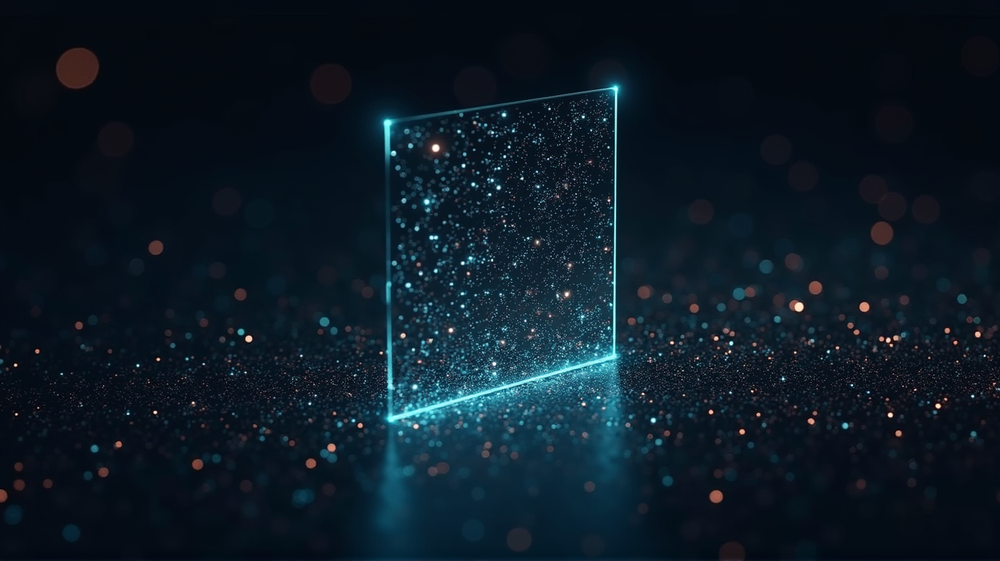Artificial Intelligence tools have taken the technology scene by storm, offering everything from casual conversation to complex problem-solving. Yet, if you’ve opened ChatGPT or MidJourney lately, you might have noticed something curious—they all look the same. Dive into the intriguing world of AI minimalist design and discover why uniformity is king and how this approach is shifting paradigms of user interaction.
The Rise of Familiar Interfaces
When you fire up an AI tool these days, the experience seems eerily familiar. A clean interface, a chat bubble, and a text box waiting for your input—these aren’t just elements of design but are carefully crafted features following a trend that prioritizes user comfort. But what fuels this collective decision to embrace sameness? In the rapidly evolving world of AI, creating a recognizable layout becomes especially strategic.
Driving Forces Behind Minimalism
Why converge on these simple designs? Here’s the deal:
- Focus on Output: A minimalist interface directs attention to what’s most important—what the AI produces.
- Cognitive Load Reduction: With simplicity as its hallmark, the design lets users engage without feeling overwhelmed.
- Building Trust: The familiar feel reassures users that despite AI’s complexity, their interaction will remain straightforward and controlled.
Sustaining the Old, Welcoming the New
Although current minimal interfaces might seem like placeholders until something more vibrant comes along, the truth is they’re here for important reasons that go beyond aesthetics. They lay the foundation of trust at a time when AI’s full capabilities may still confuse the average user.
Learning Through Familiarity
Like the early days of smartphones, where designers replicated familiar physical button layouts on touchscreens, modern AI similarly uses tried-and-tested design patterns. The universal language of chat interfaces, single entry points, and simple controls makes interaction intuitive, reducing entry barriers. According to Built In, the seamless design promises users they’ve done this before and can do it again.
The Tug-of-War: Innovation Versus Safety
Critics argue that uniformity stifles innovation—AI’s potential could easily get lost in too-safe packaging. Yet, innovation can also become a burden. When users are already navigating new terrains with AI’s possibilities, an additional complexity in design might trip them up. The choice is deliberate: package radical technology in a way that feels comfortably conservative.
Glimpsing the Future
The horizon promises change as AI integrates deeper into daily tasks. Design will inevitably transform to enhance user experience:
- Multimodal Interfaces: As users demand more immersive, sensory interactions, the structure of AI tools will morph to meet these needs.
- Agent-Based Systems: Future interfaces might portray AI not as mere responders but as collaborative agents achieving goals alongside users.
- Personalized, Adaptive Layouts: Once AI becomes mainstream, expect interfaces tailored to niches, allowing for unique user-specialized workflows.
Design: The Craft of Comfort
Design’s foremost purpose in AI is not just to captivate but to comfort. With AI applications still in nascent stages, users’ fears of misuse or misinterpretation make a simple, clean design critical in easing emotional friction. It reinforces the idea that technology, while complex, doesn’t have to be daunting.
Ultimately, minimalism within AI isn’t just an aesthetic choice. It’s a well-thought strategy to harness the tools of tomorrow within the legible, trusted frameworks of today. When the next shift in design arrives, it’s not just AI’s intelligence that will shine—its thoughtfully crafted, intelligent interface will speak volumes.













